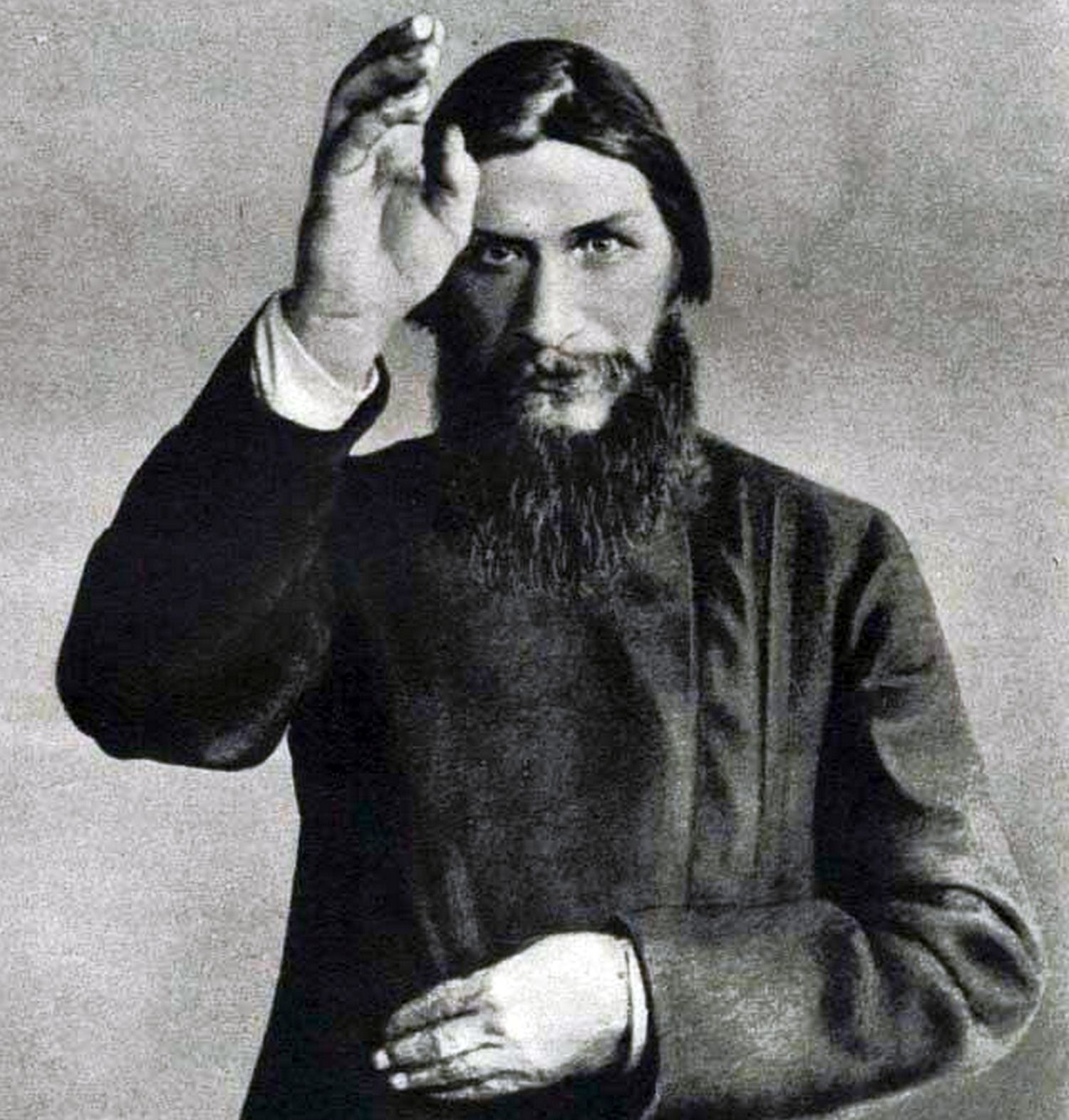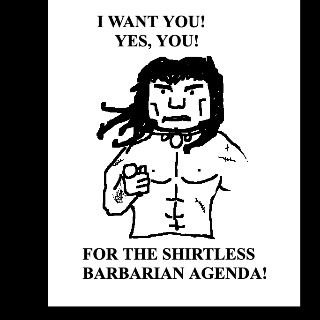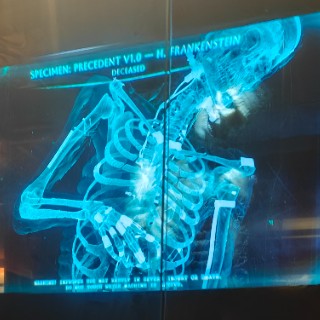Regarding the Medieval vs. Victorian setting, I would err on the side of the Victorian end any day:
Most of the classic Gothic Horror cliches from e.g. the Universal Horror Movie territory that largely inspired Dungeons & Dragons and Ravenloft is far closer to Victorian in flavor than it is Medieval: Brahm Stoker's Dracula, for example, was set practically in the 20th Century, with references to electric torches, and Mary Shelley's Frankenstein is barely over a century old, and was more or less set in her present-day! The Mummy fad was just a bit younger than that, being a product of Victorian interest in Egyptology, with most of the mummy gothic movie monster tropes coming from Sirt Arthur Conan Doyle's "Lot 249", Robert Louis Stevenson's Doctor Jeckyll and Mr. Hyde was a product of the late Victorian Era, and H.G. Wells' The Invisible Man was too. Most of these prototypical Gothic horror monsters are contemporaries of Jack the Ripper, and a product of the age that spawned Sherlock Holmes and the other earliest templates of detectives... Edgar Allan Poe's "Murders in the Rue Morgue" dates to the mid-1800s, and the Springheel Jack urban legend as we know it today dates to about the same era. The Sawney Bean legend - one of the original great, Gothic monster-hunting tales - dates back to the mid 1600s or so, placing it in the Renaissance era, but enjoyed a lot of its more widespread interest and its current form by the 1800s; the werewolf legend is ancient, but the cannibal Sawney Bean clan follow that tradition fairly closely, with the lurid descriptions of bands of hunters tracking the clan to their cavern hideout full of gruesome horrors is the stuff of modern gothic dungeon-crawling adventure at its finest - as is, you have an early slasher tale in the Southern Gothic tradition (the "true story" that actually inspired Texas Chainsaw Massacre and The Hills Have Eyes), add silver bullets and howling wolves and you have all the trappings of a good werewolf story! Nikoli Gogol's classic vampire story Viy - perhaps an inspiration for Stoker's Dracula - is a product of the 1830s, Samuel Taylor Colreridge's "Christabel" a product of the very early 1800s, or very late 1790s at earliest.
A lot of gothic horror as we know it today was heavily influenced by Grand Guignol, another product of the late Victorian period lasting well into the 20th century, and also by the pulp era of the early 20th century, though even the likes of HP Lovecraft and Shirley Jackson (mother of the modern haunted house story as we know it) owe a great debt to Victorian sensibilities and "tropes". Even the earliest pre-Victorian waves of Gothic literature do not date back very much further than the mid-1500s, with most of the seminal (though genrally moster-less) works in the genre dating to the 18th century. The Lambton Worm legend - another prototypical monster-hunting tale - refers to an origin story that only dates back to the 1810s.
The great Transylvanian vampire flap in which stories spread of people digging up graves to stake and behead suspected vampires dates back to the 18th cenury. Even Dracula template Vlad Tepes lived lived as recently as the 15th century, and the supposedly blood-thirsty countess Elspeth Bathory to the very late 15th and very early 16th century.
To finally start getting into a medieval setting for monster-hunting tropes, you have to start looking at St. George and the Dragon (dating back to the 11th or 12th century) , Beowulf (10th or 11th century), and Icelandic and other sagas like Grettis telling tales of hunting Draugrs (similar to ghouls, vampires, werewolves, or ogres) and Trolls probably dating to the 9th or 10th century.
Basically, the mobs of pitchfork-and-torch-carrying "Transylvanian" peasanets from those classic Universal monster movies from the '30s and '40s, and Professor Van Helsing himself, were meant to be post-Victorian Europeans - very nearly (or in some cases exactly) contemporaries of the Industrial Revolution, steamships, the automobile, airplane, repeating firearms, typewriters, telephones, telegraphs, phonographs, cameras, radio, household electricity, Darwin's Theory of Evolution, even Einstein's Theory of Relativity...! And when you start getting into the pulp literature of the likes of Edgar Rice Burroughs, Robert E. Howard and H.P. Lovecraft, you're definitely in this territory! (Seriously, Lovecraft's influence over dungeon-crawling, monster-hunting tropes is, if anything, understated! Lovecraft and Burroughs' John Carter and Tarzan were, I would suggest, more instrumental in shaping Dungeons & Dragons as we know it - the original dungeon-crawling game - than Tolkien, who typically gets nearly all the credit!)
Honestly, I can't really expect anyone today, in a world where popular fantasy has frozen inflexibly into "Generic Medieval European Fantasy" territory, to warm up to explicitly Victorian Gaslight, or especially pulp-era monster hunters - if a fantasy gaming product isn't stuck clearly into D&D or Warhammer territory, it's just not going to sell! (Personally, I'd have a blast converting a box of Wargame Atlantic's WWII French Resistance fighters and maybe some bits from some of WA's World Ablaze products into werewolf and vampire hunters for a Weird World War setting, but I know I'm kinda of alone there!)
But, kitchen-sink fantasy DOES still cover a lot of territory, and that territory covers a lot of historical ground between the Classical and Dark Ages, up into the Renaissance and far beyond right up to the 18th, 19th, and 20th century, not to mention including fantasy settings such as Edgar Rice Burroughs' lost worlds of the Hollow Earth or alien worlds like Barsoom (post-apocalyptic Mars), Robert E. Howards prehistoric Hyborean Age (set after the sinking of Atlantis and Lemuria), Clark Ashton Smith's far-future Zothique (a nearly post-civilization Earth beneath a dying sun), and Lovecraft's bizarre Dunsanian Dreamlands (set in a sort of alternate dimension or astral plane), all of which can overlap with modern "generic fantasy"....
There's LOTS of room there for something a little different from generically "medieval European" monster-hunters, without straying TOO far from narrow, modern, Generic "Medieval European" Fantasy Kitchen Sink territory!







































